No matching posts found

A holistic approach to preserving our health – and our planet’s
The upcoming 22nd EMBL Science & Society Conference will explore the One Health approach, which advocates for greater cross-sectoral collaboration and communication across the human-animal-environment interface.
CONNECTIONS2021
connectionsevents
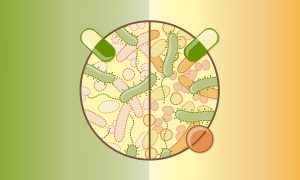
Tackling the collateral damage from antibiotics
Researchers from EMBL’s Typas group and collaborators have analysed the effects of 144 antibiotics on the wellbeing of gut microbes. The study improves our understanding of antibiotics’ side effects and suggests a new approach to mitigating the adverse effects of antibiotics therapy on gut…
SCIENCE & TECHNOLOGY2021
sciencescience-technology

A cellular atlas of an entire worm
EMBL scientists and colleagues have developed an interactive atlas of the entire marine worm Platynereis dumerilii in its larval stage. The PlatyBrowser resource combines high-resolution gene expression data with volume electron microscopy images.
SCIENCE & TECHNOLOGY2021
sciencescience-technology

Transferable skills
In the lab, Diënty Hazenbrink works with microbes that live in our guts. In her free time, she enjoys wildlife photography. A shared set of skills facilitates both activities.
LAB MATTERSPEOPLE & PERSPECTIVES2021
lab-matterspeople-perspectives
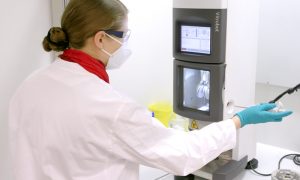
Cryo-Electron Microscopy Service Platform supports research on protein transport
Giulia Zanetti from the Institute of Structural and Molecular Biology (ISMB) in London explains how the collaboration with the Cryo-Electron Microscopy Service Platform enabled her group to reveal the structure of protein transport complexes.
LAB MATTERSSCIENCE & TECHNOLOGY2021
lab-mattersscience-technology
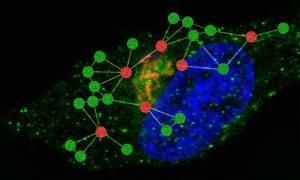
New insights into Salmonella’s survival strategies
Research in the Typas group uncovers new details of the strategies Salmonella uses to survive in infected cells.
SCIENCE & TECHNOLOGY2021
sciencescience-technology

Living laboratories
Under the innovative Planetary Biology research theme, EMBL scientists aim to understand life in the context of its environment.
SCIENCE & TECHNOLOGY2021
sciencescience-technology
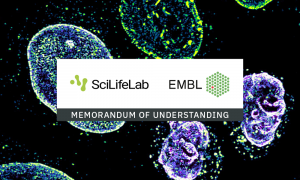
Joining forces to solve global challenges
EMBL and the Swedish Science for Life Laboratory sign agreement to advance science together.
CONNECTIONSLAB MATTERS2021
connectionslab-matters
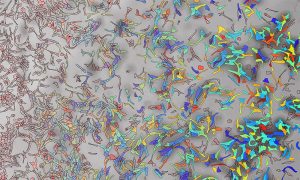
Painting liver cells
A page from a biologist’s colouring book? EMBL’s new interior wall design? Not quite – a bunch of liver cells, grown in the lab so that scientists can learn about fatty liver disease, or steatosis.
SCIENCE & TECHNOLOGY2021
picture-of-the-weekscience-technology
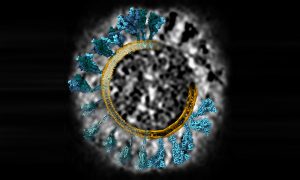
Variations on a spike
What does coronavirus’s spike protein look like in 3D? EMBL scientists and colleagues used cryo-electron tomography and molecular dynamics simulations to find out.
SCIENCE & TECHNOLOGY2021
picture-of-the-weekscience-technology
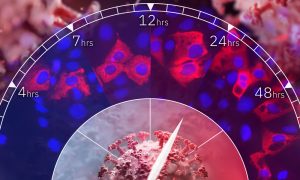
Finding coronavirus’s helper proteins
A team of EMBL scientists and colleagues have analysed how the novel coronavirus affects proteins in human cells. They identified several human proteins as potential drug targets to prevent viral replication.
SCIENCE & TECHNOLOGY2021
sciencescience-technology

EMBL group leader Miki Ebisuya receives ERC Consolidator Grant
Funding by the European Research Council (ERC) will support research on the timing of developmental processes in mammals
EMBL ANNOUNCEMENTSLAB MATTERS2020
embl-announcementslab-matters

Sharing our vision for the future
EMBL Director General Edith Heard introduced EMBL’s future plans during a parliamentary event at the Paul-Löbe-Haus of the German Bundestag in Berlin. She shared examples of EMBL’s research and outlined how EMBL’s activities will develop.
CONNECTIONSLAB MATTERS2020
connectionslab-matters

Colourful test tubes
To study the effect of commonly used drugs on bacterial envelopes, EMBL scientists applied a biochemical assay using a colour reaction. The deeper the red, the stronger the disruptive effect of the drug.
SCIENCE & TECHNOLOGY2020
picture-of-the-weekscience-technology

Supporting the alumni community
Erin Tranfield recently joined the EMBL Alumni Association Board as one of 15 newly elected members. Here, she talks about her new role on the board and reflects on how a life-changing event made her refocus her perspective on work and life.
PEOPLE & PERSPECTIVES2020
alumnipeople-perspectives